Asian Mizuna Greens: How To Grow Mizuna Greens In The Garden
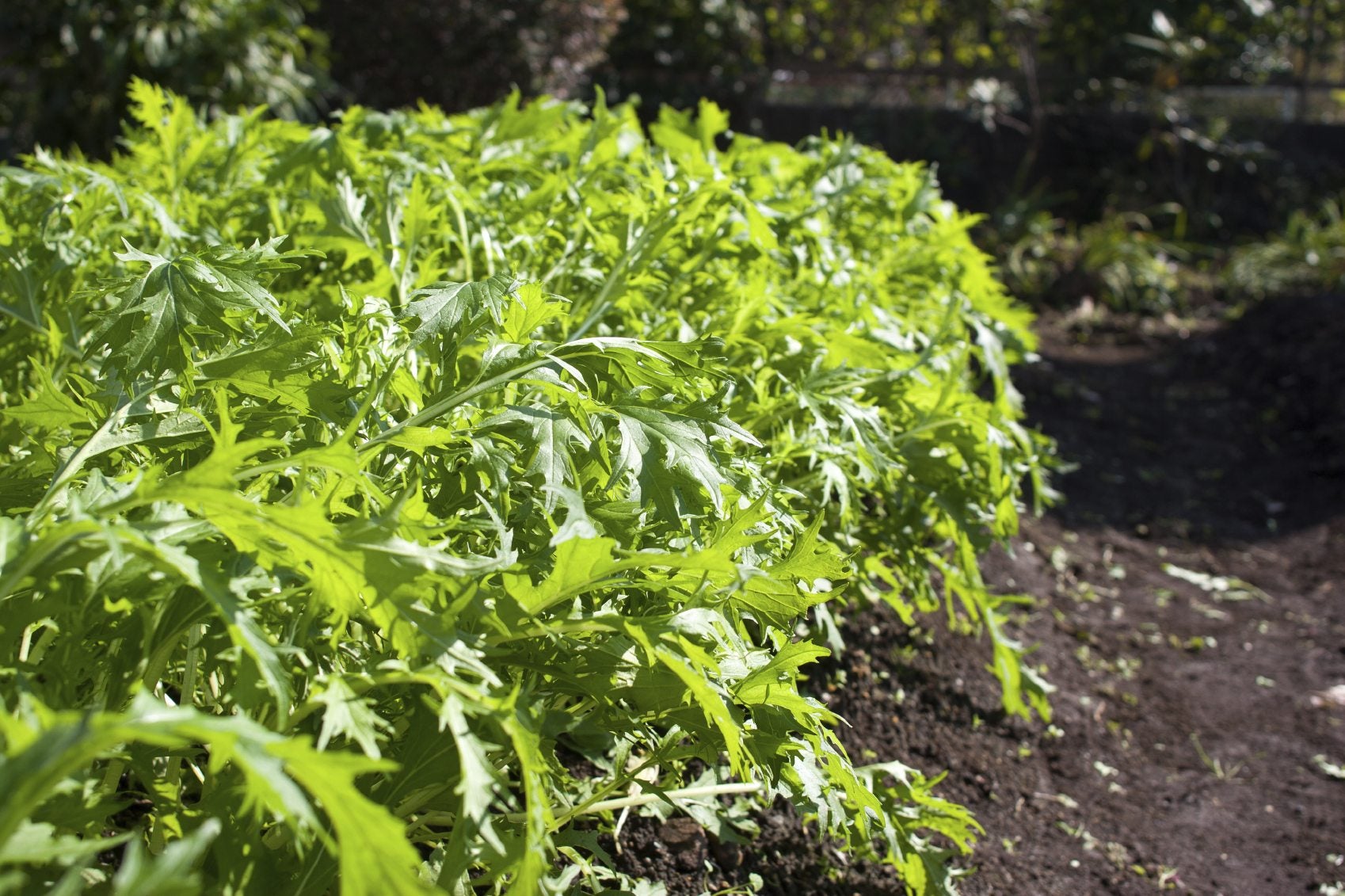

A popular leafy vegetable from Asia, mizuna greens are used worldwide. Like many Asian greens, mizuna greens are related to the more familiar mustard greens and can be incorporated into many western dishes. Keep reading for more information on growing mizuna greens.
Mizuna Greens Information
Mizuna greens have been cultivated in Japan for centuries. They are likely originally from China, but throughout Asia they are considered a Japanese vegetable. The name mizuna is Japanese and translates as juicy or watery vegetable. The plant has deeply jagged, branched dandelion-like leaves, making it ideal for cut and grow again harvesting. There are two main varieties of mizuna: Mizuna Early and Mizuna Purple.
- Mizuna Early is tolerant to both heat and cold and slow to go to seed, making it an ideal green for continuous summer harvest.
- Mizuna Purple is best picked when its leaves are small, after only a month of growth.
In Asia, mizuna is often pickled. In the west, it is much more popular as a salad green with its mild, yet peppery, taste. It also works well in stir-fries and soups.
How to Grow Mizuna Greens in the Garden
Care for mizuna greens is similar to that for other Asian mustard-like greens. Even Mizuna Early will bolt eventually, so for the most prolonged harvest, sow your seeds 6 to 12 weeks before the first frost of autumn or in late spring. Plant your seeds in moist but well-drained soil. Before planting, loosen the soil to at least 12 inches (31 cm.) deep and mix in some manure. Plant the seeds 2 inches (5 cm.) apart, ¼ inch (6 mm.) deep, and water well. After the seeds have germinated (this should take only a few days), thin the plants to 14 inches (36 cm.) apart. That’s basically it. Ongoing care is not much different from that of other greens in the garden. Water and harvest your greens as needed.
Gardening tips, videos, info and more delivered right to your inbox!
Sign up for the Gardening Know How newsletter today and receive a free copy of our e-book "How to Grow Delicious Tomatoes".

The only child of a horticulturist and an English teacher, Liz Baessler was destined to become a gardening editor. She has been with Gardening Know how since 2015, and a Senior Editor since 2020. She holds a BA in English from Brandeis University and an MA in English from the University of Geneva, Switzerland. After years of gardening in containers and community garden plots, she finally has a backyard of her own, which she is systematically filling with vegetables and flowers.
-
 12 Lush Alternatives To A Lawn For Sustainable Spaces
12 Lush Alternatives To A Lawn For Sustainable SpacesAlternatives to a lawn are beautiful and also beneficial to your local ecosystem and its pollinators. Explore our top picks for plants to replace grass.
By Tonya Barnett
-
 Types Of Tomatoes Explained: Explore The Many Wonderful Shapes, Colors, Flavors, & Best Uses
Types Of Tomatoes Explained: Explore The Many Wonderful Shapes, Colors, Flavors, & Best UsesThe world of tomato varieties is vast and fascinating. Learn about the key types to grow in your garden, tailored to your preferences and space.
By Amy Grant
-
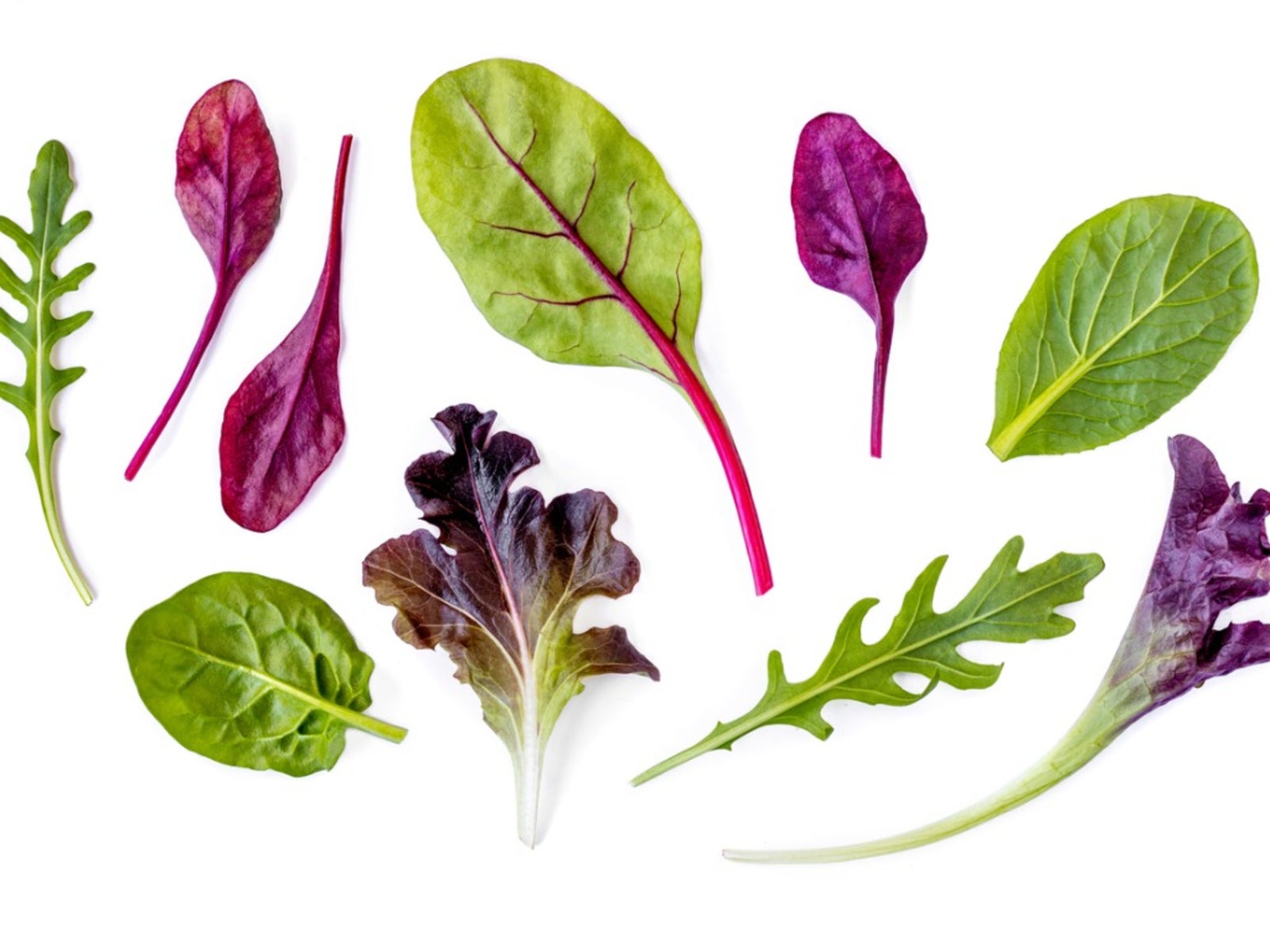 Substitutes For Lettuce – Growing Alternative Salad Greens
Substitutes For Lettuce – Growing Alternative Salad GreensAlternatives to lettuce are generally higher in nutrients and more flavorful. Click here for some ideas on what to use as substitutes for your lettuce.
By Amy Grant
-
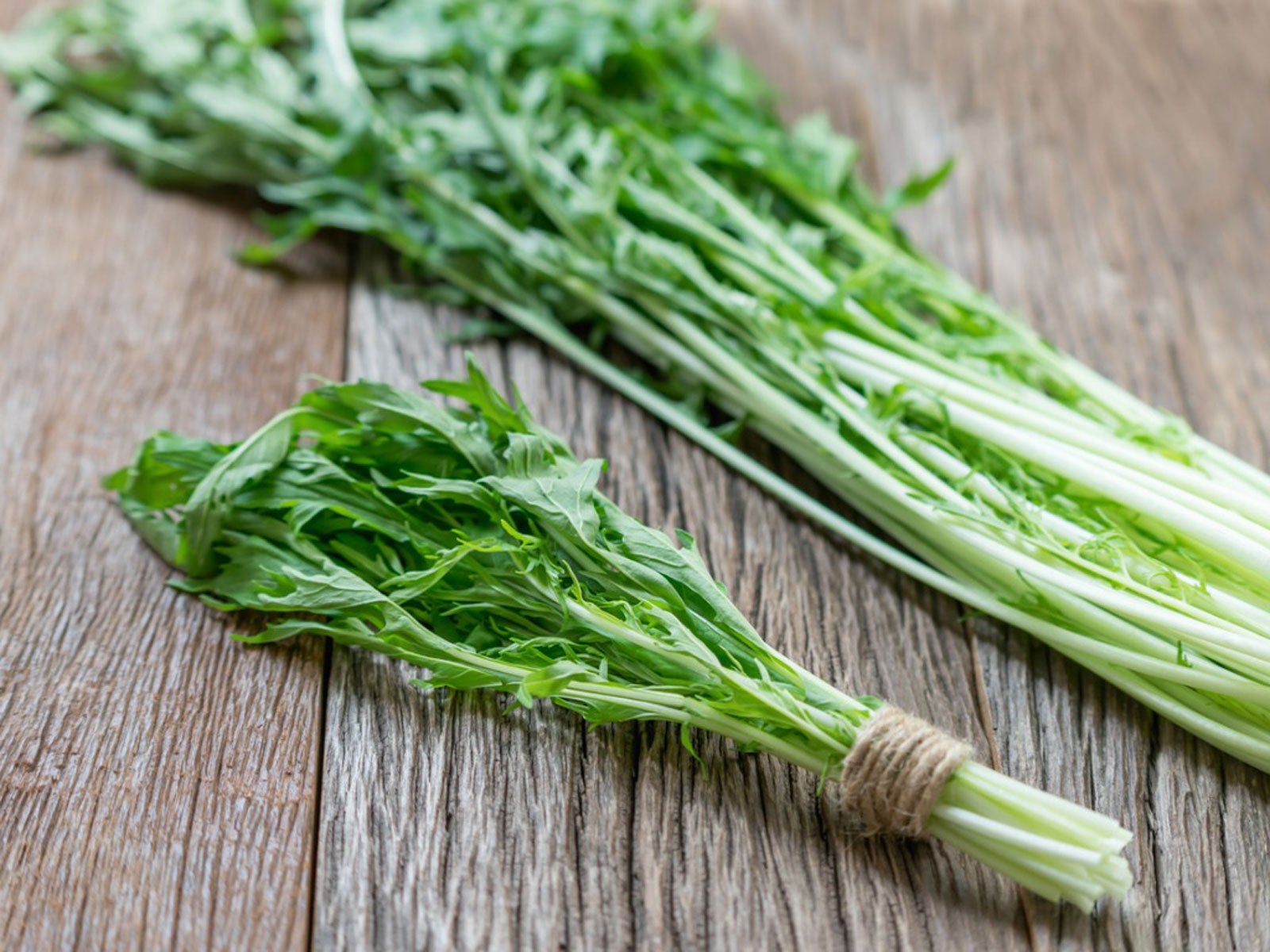 Mibuna Mustard Greens: How To Grow Mibuna Greens
Mibuna Mustard Greens: How To Grow Mibuna GreensMibuna mustard is a highly nutritious Asian green with a mild, mustardy flavor. Wondering how to grow mibuna greens? Click here.
By Mary H. Dyer
-
 Autumn Crop Greens – When To Plant Greens In The Fall
Autumn Crop Greens – When To Plant Greens In The FallYou can easily grow greens in fall. Many leafy salad greens are cool season crops that prefer the autumn temperatures. Click here for more.
By Amy Grant
-
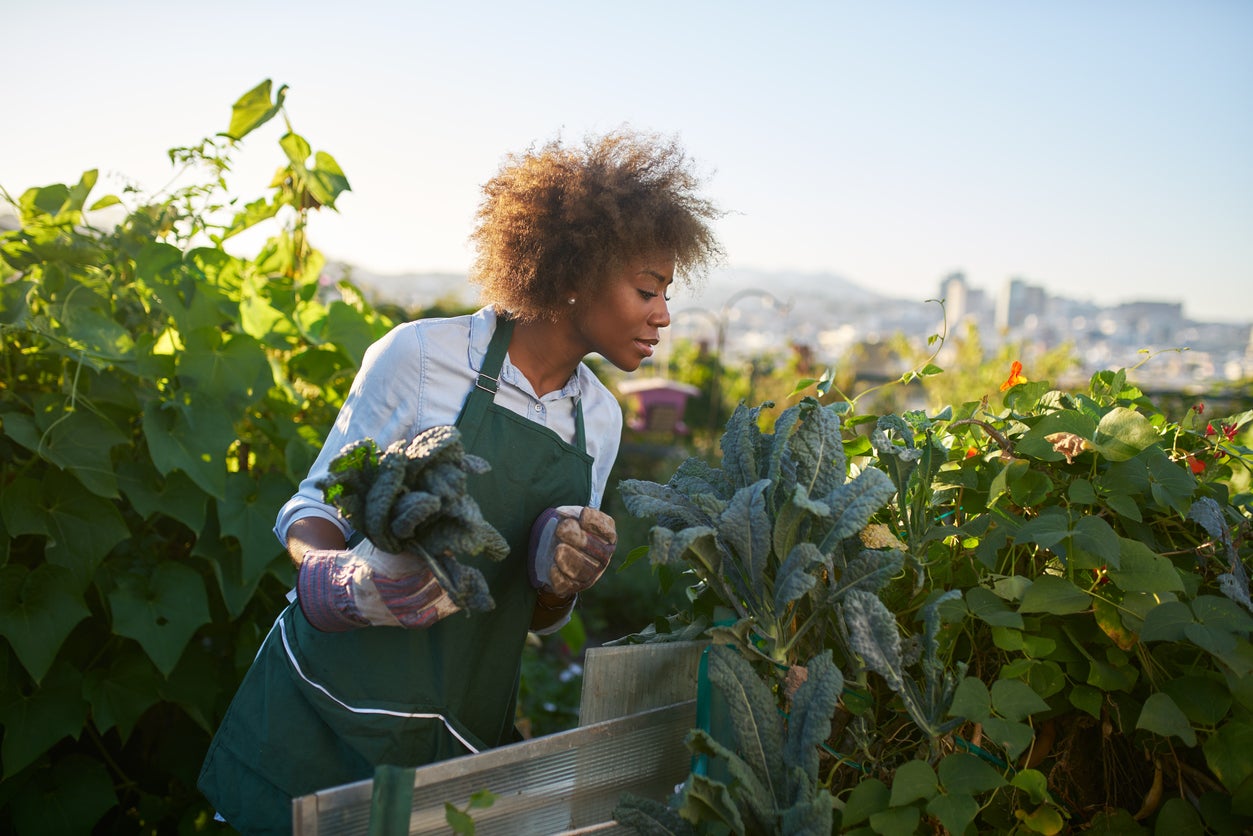 How To Harvest Leafy Greens – Picking Leafy Greens In The Garden
How To Harvest Leafy Greens – Picking Leafy Greens In The GardenAll leafy greens are easy to grow, rich in nutrients (although some more than others) and some can be eaten both fresh and cooked. Harvesting leafy greens is a simple matter as well. Click here if you’re interested in learning how and when to harvest garden greens.
By Amy Grant
-
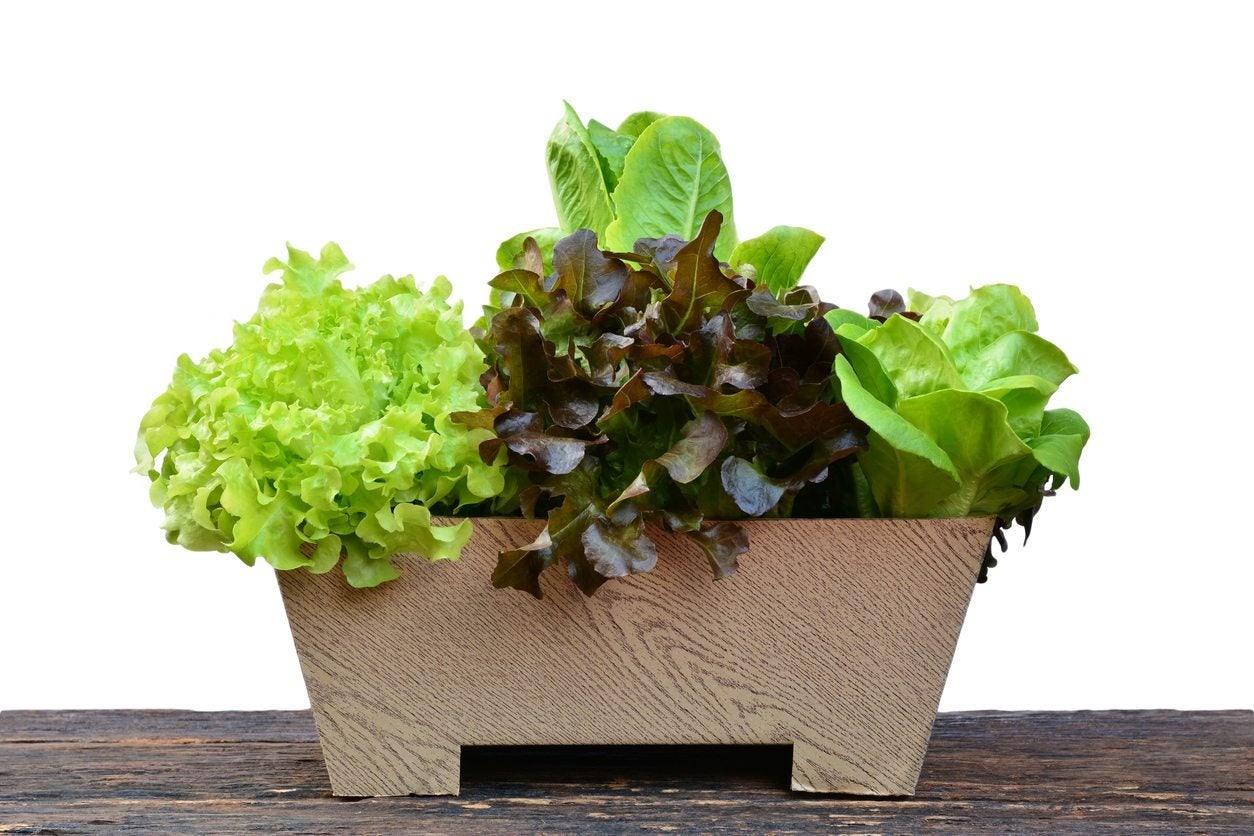 Growing A Salad Bowl Garden: Learn How To Grow Greens In A Pot
Growing A Salad Bowl Garden: Learn How To Grow Greens In A PotGrowing your salad greens in containers! They're less expensive, fresh and at your fingertips. A salad bowl garden is the ultimate luxury for easy gardening and healthy eating.
By Amy Grant
-
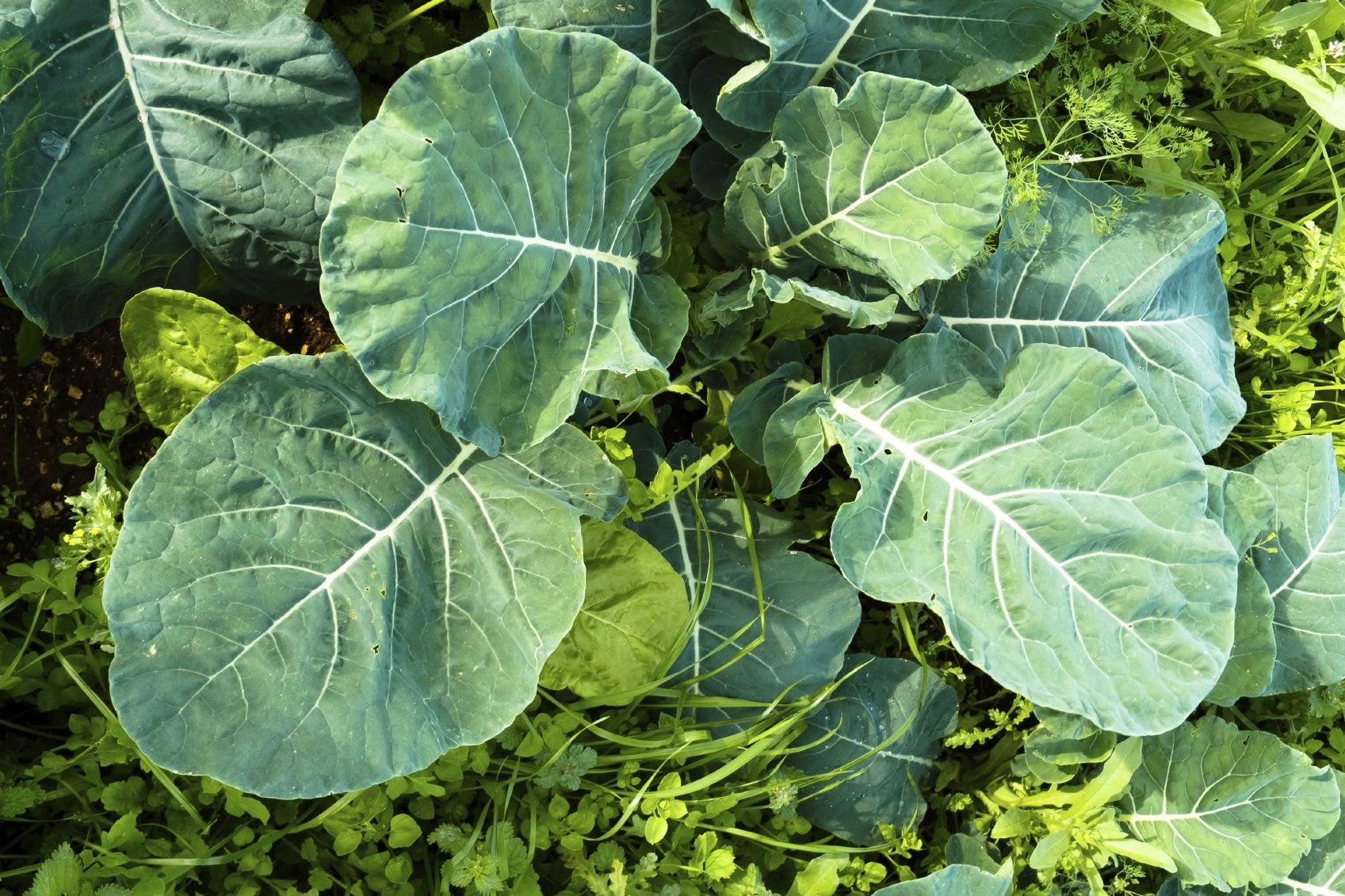 Winter Salad Greens: Tips On Growing Greens In Winter
Winter Salad Greens: Tips On Growing Greens In WinterIf you get cold winters, you're not going to be picking tomatoes in February. You may, however, be picking any leafy greens you like. If you're growing in the winter, salad greens are the way to go. Learn how to grow greens over winter here.
By Liz Baessler
-
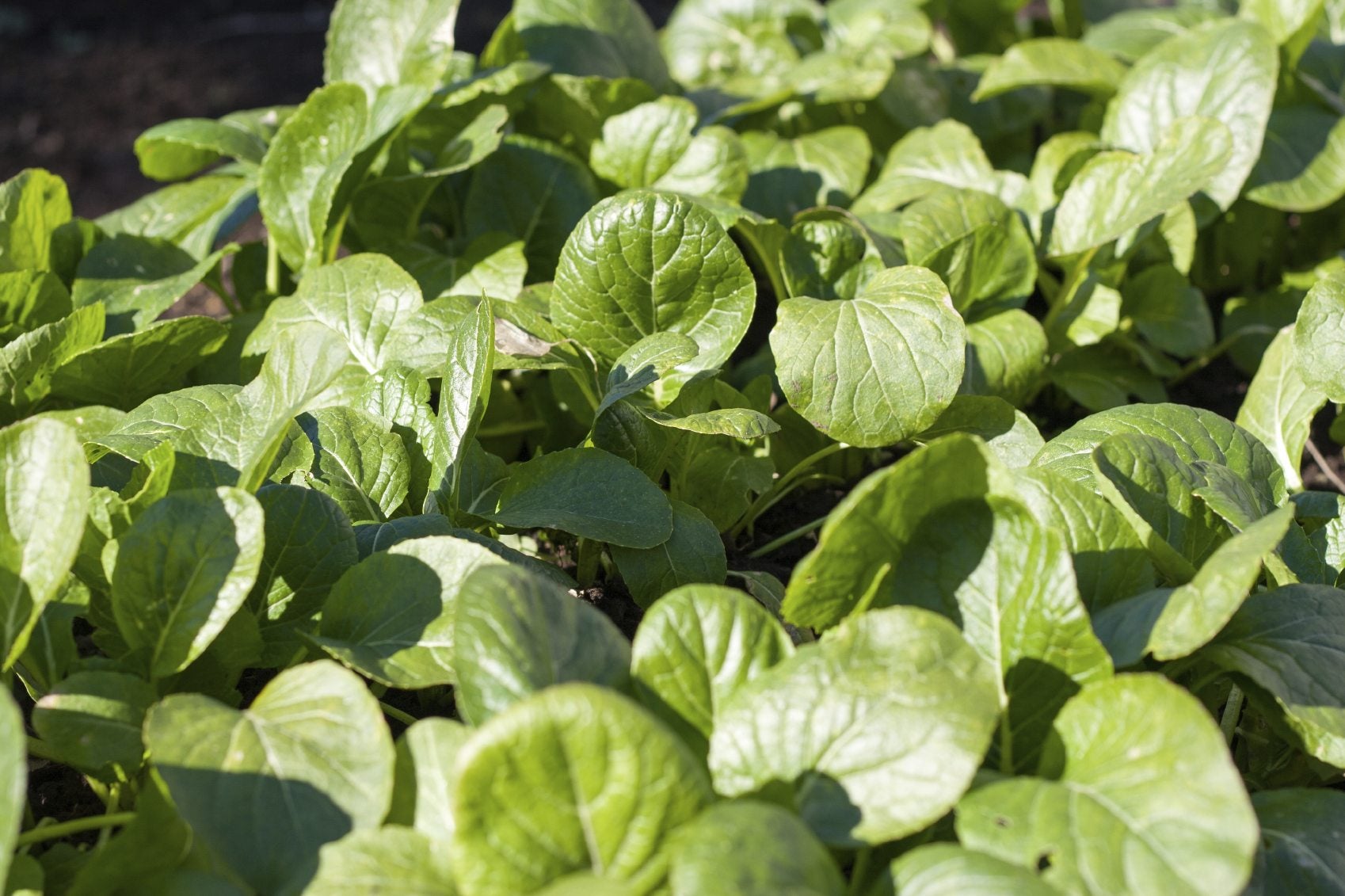 Komatsuna Plant Care: Tips On Growing Komatsuna Greens
Komatsuna Plant Care: Tips On Growing Komatsuna GreensI dare say most of us have never heard of growing komatsuna greens; I hadn't. When I read about them, I began to wonder what does komatsuna taste like and how do you grow it. Read on to discover a wealth of interesting komatsuna facts.
By Amy Grant
-
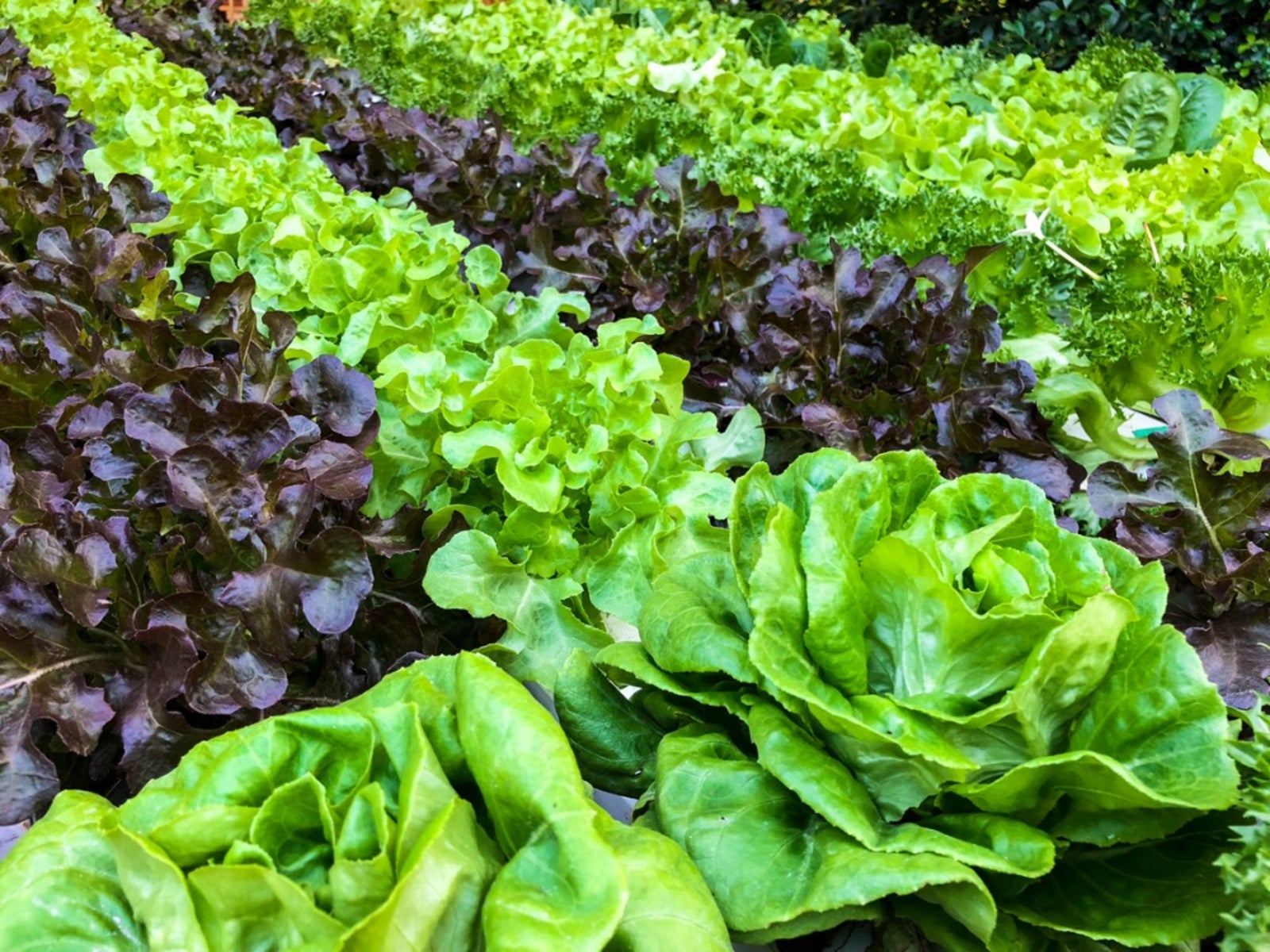 Leafy Garden Greens: Different Types Of Garden Greens
Leafy Garden Greens: Different Types Of Garden GreensWhat are greens? Leafy garden greens are more than lettuce. The types of garden greens range from the tops of edible roots to ornamental plants. Growing greens is easy, and this article will help.
By Bonnie L. Grant